Top 10 Vegetables Highest in Magnesium
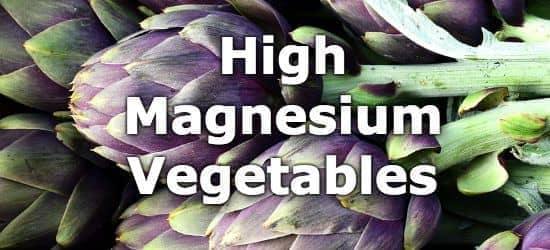
Magnesium is an essential mineral required by the body for muscle and nerve function, maintaining heart rhythm, building strong bones, and energy production. (1,2,3)
Magnesium is an electrolyte, and a deficiency in magnesium can lead to numbness, abnormal heart rhythms, coronary spasms. (4) In the long term, magnesium deficiency increases the risk of stroke, Alzheimer's disease, Parkinson's disease, and migraine. (5)
Vegetables are an extremely nutrient dense food group and it is no surprise that vegetables are a good source of magnesium.
Vegetables high in magnesium include spinach, Swiss chard, lima beans, acorn squash, artichokes, kale, peas, okra, sweet corn, and potatoes. The daily value (DV) for magnesium is 420mg. (6,7)
See the top 10 vegetables high in magnesium below, and for more, see the extended list of less common vegetables rich in magnesium, list of high magnesium fruits, and the article on the top 10 high magnesium foods.
List of Vegetables High in Magnesium
-
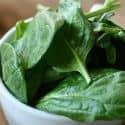 1. Spinach + Add
1. Spinach + Add
Magnesium
per Cup CookedMagnesium
per 100gMagnesium
per 200 Calories157mg
(37% DV)87mg
(21% DV)757mg
(180% DV) -
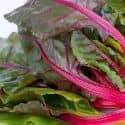 2. Swiss Chard + Add
2. Swiss Chard + Add
Magnesium
per Cup CookedMagnesium
per 100gMagnesium
per 200 Calories151mg
(36% DV)86mg
(20% DV)860mg
(205% DV) -
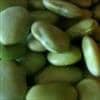 3. Lima Beans + Add
3. Lima Beans + Add
Magnesium
per Cup CookedMagnesium
per 100gMagnesium
per 200 Calories126mg
(30% DV)74mg
(18% DV)120mg
(29% DV) -
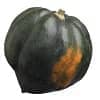 4. Acorn Squash + Add
4. Acorn Squash + Add
Magnesium
per Cup CookedMagnesium
per 100gMagnesium
per 200 Calories88mg
(21% DV)43mg
(10% DV)154mg
(37% DV) -
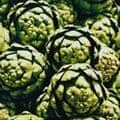 5. Artichokes (Globe or French) + Add
5. Artichokes (Globe or French) + Add
Magnesium
in a Medium ArtichokeMagnesium
per 100gMagnesium
per 200 Calories77mg
(18% DV)60mg
(14% DV)255mg
(61% DV) -
6. Kale + Add
Magnesium
per Cup CookedMagnesium
per 100gMagnesium
per 200 Calories74mg
(18% DV)57mg
(14% DV)407mg
(97% DV) -
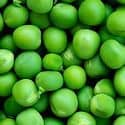 7. Green Peas + Add
7. Green Peas + Add
Magnesium
per Cup CookedMagnesium
per 100gMagnesium
per 200 Calories62mg
(15% DV)39mg
(9% DV)93mg
(22% DV) -
 8. Okra + Add
8. Okra + Add
Magnesium
per Cup RawMagnesium
per 100gMagnesium
per 200 Calories57mg
(14% DV)57mg
(14% DV)345mg
(82% DV) -
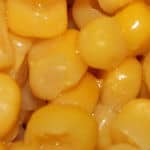 9. Sweet Corn + Add
9. Sweet Corn + Add
Magnesium
per Cup CookedMagnesium
per 100gMagnesium
per 200 Calories54mg
(13% DV)37mg
(9% DV)86mg
(20% DV) -
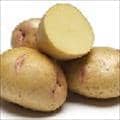 10. Potatoes + Add
10. Potatoes + Add
Magnesium
in a Medium PotatoMagnesium
per 100gMagnesium
per 200 Calories48mg
(12% DV)28mg
(7% DV)60mg
(14% DV)
Printable One Page Sheet
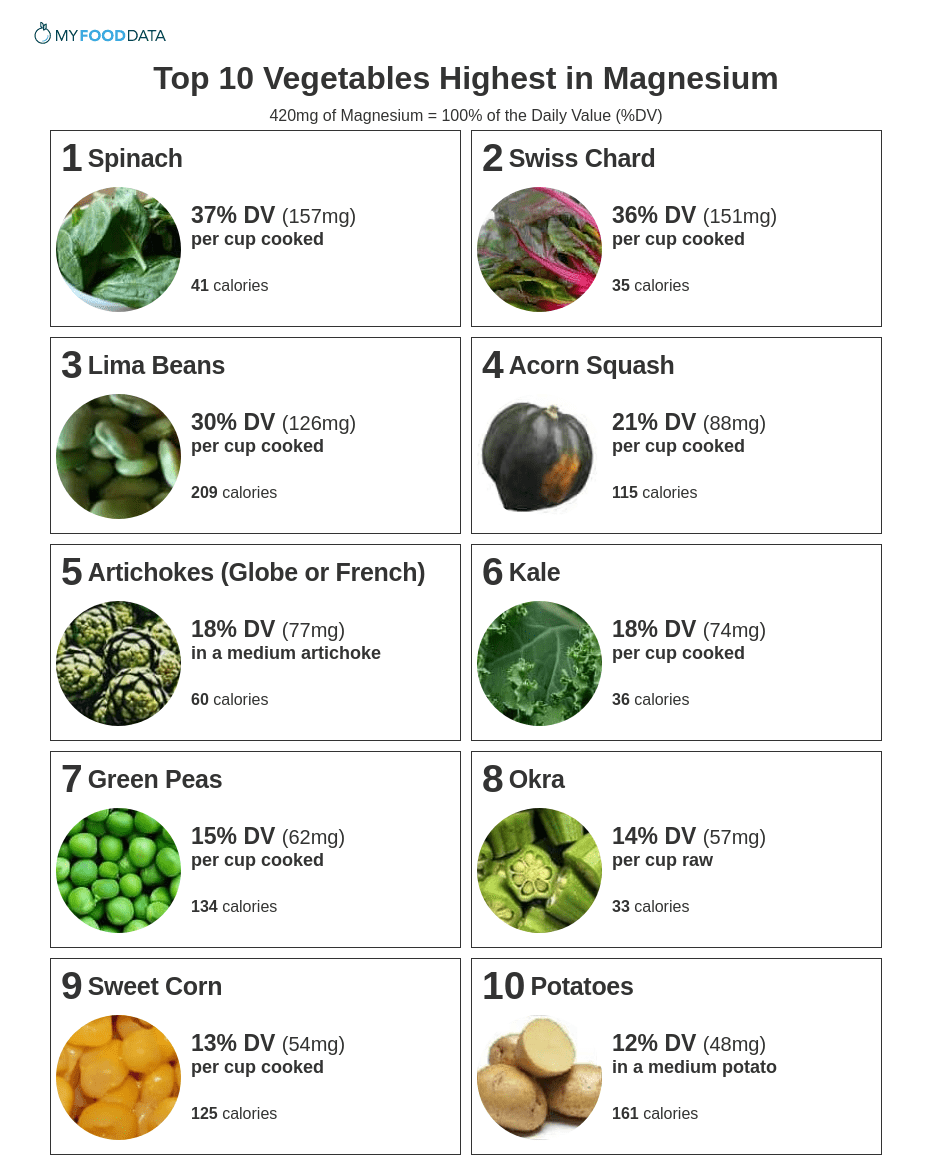
Even More Magnesium Rich Vegetables
| Food | Serving | Magnesium |
|---|---|---|
| 1. Taro + | 1 cup sliced | 17% DV (70mg) |
| 2. Burdock Root + | 1 cup | 12% DV (49mg) |
| 3. Nopales + | 1 cup sliced | 11% DV (45mg) |
| 4. Fireweed Leaves + | 1 cup | 9% DV (36mg) |
| 5. Sweet Potato Leaves + | 1 cup chopped | 7% DV (31mg) |
| 6. Parsley + | per cup | 7% DV (30mg) |
| 7. Purslane + | 1 cup | 7% DV (29mg) |
| 8. Beet Greens + | per cup fresh | 6% DV (27mg) |
| 9. Sweet Potato Leaves + | 1 cup chopped | 6% DV (25mg) |
| 10. Garden Cress + | 1 cup | 5% DV (19mg) |
| 11. Amaranth Leaves + | 1 cup | 4% DV (15mg) |
| 12. Spirulina + | 1 tbsp | 3% DV (14mg) |
| 13. Wakame Seaweed + | 2 tbsp (1/8 cup) | 3% DV (11mg) |
How Much Magnesium Do You Need Everyday?
The daily value (%DV) for Magnesium is 420mg and is a general target intended for most people. The Recommended Daily Allowance (RDA) shows specific targets by age and gender. The RDA for magnesium is between 300mg - 420mg for most people. (7)
| Life Stage | RDA |
|---|---|
| Children | |
| 1-3 years old | 80mg |
| 4-8 years old | 130mg |
| Males | |
| 9-13 years old | 240mg |
| 14-18 years old | 410mg |
| 19-30 years old | 310mg |
| 31-70 years old | 420mg |
| 70+ years old | 420mg |
| Females | |
| 9-13 years old | 240mg |
| 14-18 years old | 360mg |
| 19-30 years old | 310mg |
| 31-70 years old | 320mg |
| 70+ years old | 320mg |
| Pregnancy | |
| 14-18 years old | 335mg |
| 19-30 years old | 290mg |
| 31-50 years old | 300mg |
| Lactation | |
| 14-18 years old | 400mg |
| 19-30 years old | 350mg |
| 31-50 years old | 360mg |
From the Nutrient Ranking Tool
Use the ranking tool links below to select foods and create your own food list to share or print.
- Foods High in Magnesium
- Foods Low in Magnesium
- Vegetables High in Magnesium
- Fruits High in Magnesium
- Vegetarian Foods High in Magnesium
- Nuts High in Magnesium
- Grains High in Magnesium
- Beans High in Magnesium
- Dairy High in Magnesium
- Breakfast Cereals High in Magnesium
- Fast Foods High in Magnesium
View more nutrients with the nutrient ranking tool, or see ratios with the nutrient ratio tool.
Related
Data Sources and References
- Limaye CS, Londhey VA, Nadkart MY, Borges NE. Magnesium and Human Health: Perspectives and Research Directions J Assoc Physicians India. 2011 Jan;59:19-22. 21751660
- Robertson SP, Johnson JD, Potter JD. Magnesium and the regulation of muscle contraction Biophys J. 1981 Jun;34(3):559-69. doi: 10.1016/S0006-3495(81)84868-0. 7195747
- Robertson SP, Johnson JD, Potter JD. Magnesium and the regulation of muscle contraction Biophys J. 1981 Jun;34(3):559-69. doi: 10.1016/S0006-3495(81)84868-0. 7195747
- Rude RK. Clinical manifestations of magnesium deficiency Endocrinol Metab Clin North Am. 1993 Jun;22(2):377-95. 8325293
- Kirkland AE, Sarlo GL, Holton KF. The Effect of Magnesium Deficiency on Neurological Disorders: A Narrative Review Article Nutrients. 2018 Jun 6;10(6):730. doi: 10.3390/nu10060730. 29882776
- U.S.FDA - Daily Value on the New Nutrition and Supplement Facts Labels
- Institute of Medicine (US) Food and Nutrition Board. Dietary Reference Intakes for Calcium, Phosphorus, Magnesium, Vitamin D, and Fluoride Washington (DC): National Academies Press (US); 1998. 20845565
Simplify Nutrition Tracking with MyFoodData!
Speedy Tools and Detailed Data FREEEasily analyze your meals to find the best foods for your goals.
✅ Use our recipe nutrition calculator and nutrition comparison tool.
✅ Access expert nutrition data tools and in-depth articles.
✅ Log foods and organize your recipes with a free account.


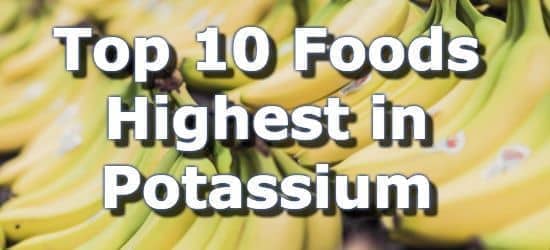 Next ➞
Next ➞
